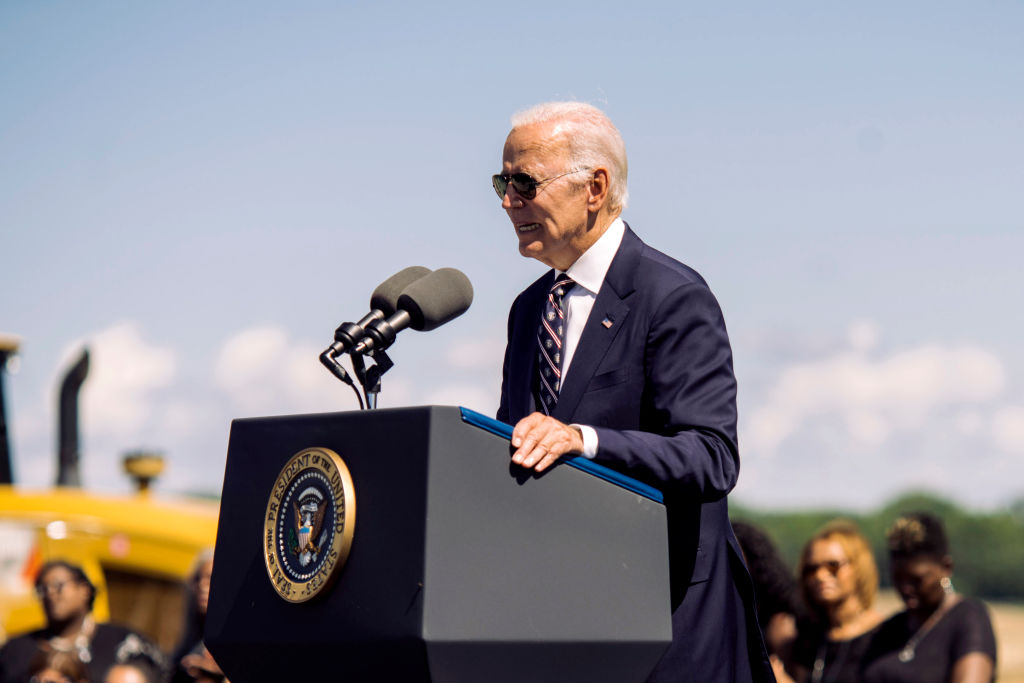The latest consumer price index (CPI) report finds that the pace of price increases slowed slightly in August compared to July.
In August, prices rose 8.3% compared to the same month last year, which was down from the 8.5% in July.
However, Heather Long, an economic columnist for The Washington Post, noted that month-to-month inflation increased 0.1% in August. Economists had predicted that there would be a drop in prices.
“Shelter, food and medical care went up, offsetting a 10%+ decline in gas prices,” Long explained as she wrote that the latest inflation report is “still way too high.”
JUST IN: US inflation was 8.3% in August. That’s still way too high, but it is down slightly from 8.5% in July and 9.1% in June.
— Heather Long (@byHeatherLong) September 13, 2022
In a surprise, inflation ROSE 0.1% in August. (many expected a drop). Shelter, food and medical care went up, offsetting a 10%+ decline in gas prices
The latest report comes despite 89 consecutive days of falling gas prices. That has brought the national average price for a gallon of gas down to $3.70.
Additionally, it was higher than the 8.1% that was predicted by economists surveyed by Bloomberg.
Long also pointed out that price increases remained high as food at home prices were up 13.5% since last year, which was the largest increase since 1979. Rent was up 6.7% over the last 12 months, which was the largest increase since 1986. Electricity costs were up 15.8%, the largest increase since 1981. And health insurance costs were up 24.3%, which is the largest increase ever.
Gas prices are down, but here's why Americans are still feeling the sting of inflation:
— Heather Long (@byHeatherLong) September 13, 2022
Food at home up 13.5% in past year – largest since 1979
Rent is up 6.7% in past year – largest since 1986
Electricity up 15.8% – largest since 1981
Health insurance 24.3% – largest ever inc
President Joe Biden will likely tout the latest inflation report as proof that relief from price increases is on the way and that his policies are working.
Americans might start to see a glimmer of hope that the worst of inflation is over. That, paired with the easing of supply chain issues, might help bolster Democrats’ electoral prospects if voters feel that life is getting back to normal.
But at the same time, there is only one more inflation report left before the November midterm elections.
Unless inflation drops significantly in September, it could still be a salient issue for voters.
And if the next inflation report surpasses expectations, voters should be cautiously optimistic about how long this relief will last and not just buy any claims that the country is on the track back to normal.
Democrats have been feeling more optimistic about the November election after they racked up legislative wins, concerns about former President Donald Trump’s handling of classified information have dominated the news cycle, and it appears that the issue of abortion access is energizing Democratic voters.
One warning sign for Democrats should be that despite the relief Americans are seeing at the gas pump, prices are stubbornly high.
That should lead them to fret about November, especially if news about Trump starts to fade and is replaced with a focus on prices and concerns about the pocketbook issues that drove Biden’s approval rating into the 30s in June and early July.
























